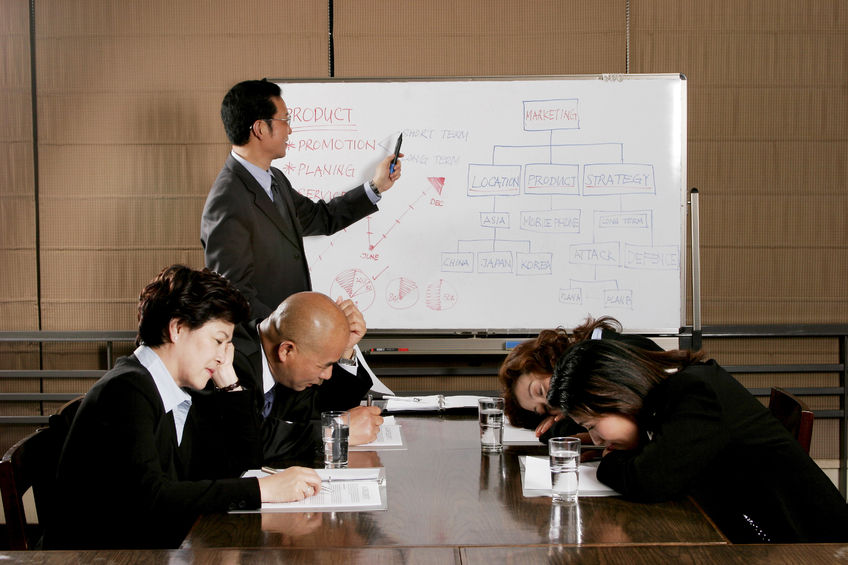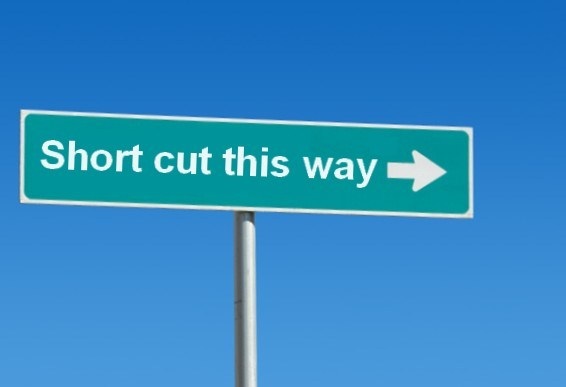In most organizations, team meetings are perceived as useless and boring. No matter how hard you may try to make it interesting, your employees still seem restless. How can we make these meetings effective AND engaging? Before we try to understand how to do that, let’s ask ourselves the following question: what are the classic problems managers run into during staff meetings?
- Employees show lack of interest and are busy chatting.
- Employees arrive late.
- Employees walk out to take phone calls.
- There is no internalization and implementation of the points raised in the meeting.
However, this is not a one-way street. If we were to ask your employees the exact same question, they would probably say that:
- Meetings start late.
- Meetings don’t end on time.
- They are boring.
- They are ineffective.
- The message isn’t clear.
- There’s information overload.
- The topic doesn’t pertain to everyone present but only to some departments.
The following model attempts to tackle some of these problems:
A Model for Constructing Staff Meetings to Motivate Employees
- Present the meeting objectives in a precise and concise manner. A clear objective and vision instill commitment among employees.
- Present the rationale behind the objectives (for example: other ruled-out alternatives, examples of past experiences, your position in relation to competitors, case studies that led to developing such a procedure, simulations, roll switching, etc.) – the “what” isn’t enough; it’s also important to understand the “why.” The more an employee takes part in making decisions, the more committed he is to perform his tasks in the best way possible.
- The implications (value, benefit) of meeting objectives on any level (individual/group/school) – what do we gain by achieving our goals? It is important for employees to see the end result of their hard work and effort.
- Predicting and presenting possible resistance – when a manager knows how to detect and bring to the surface possible backlash before his employees do, he’s able to minimize the degree of resistance and show that he knows the situation up close.
- Holding a discussion about the working methods to achieve the goals – a good manager should encourage creative thinking and teamwork.
When a manager builds his staff meetings based on this model, the message he is sending is a positive one. It shows he’s truly invested in his employees, that meeting them is important to him, that he doesn’t want to waste their time, that he understands their motives, and that he knows how to appreciate their hard work. Above all, a manager should serve as a role model and set a personal example for his employees (a factor that has been found to be key in motivating employees in the long run).








I couldn’t resist commenting